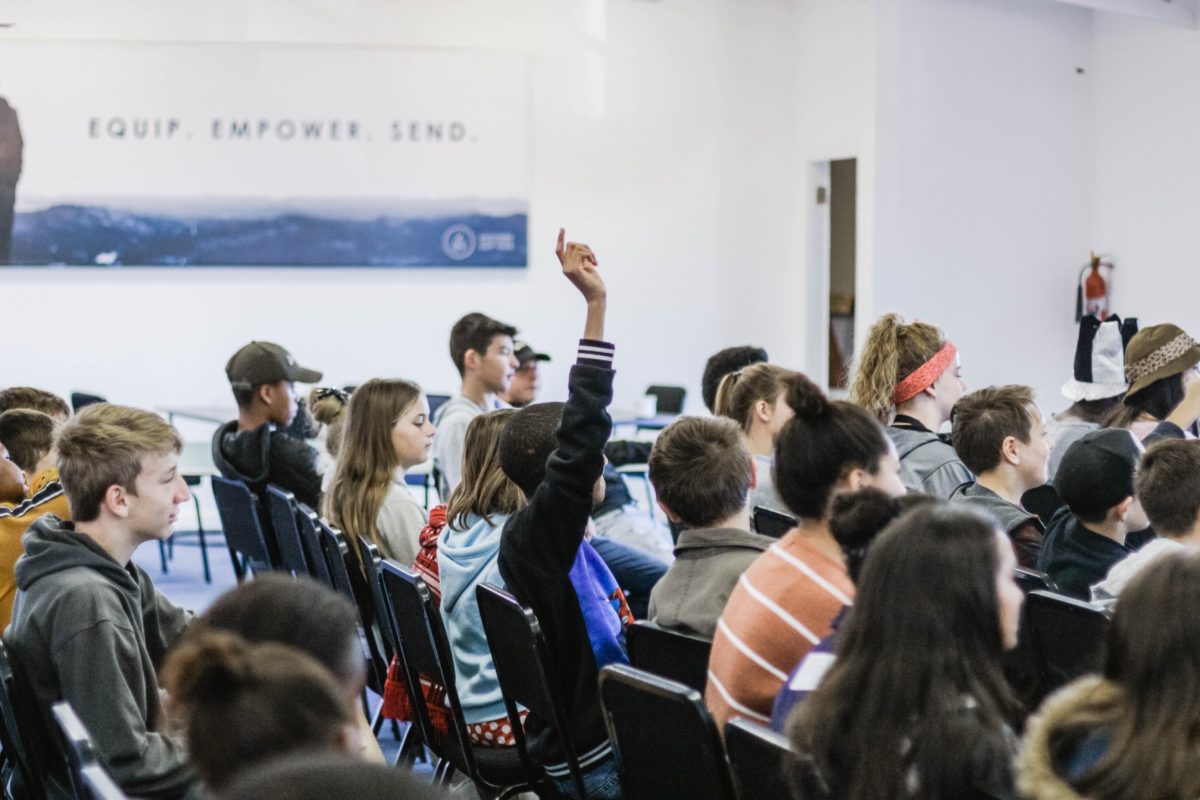Today we’re really pleased to be publishing three research reports, which provide the first look at findings from projects placing social workers in schools in three local authorities – Stockport, Lambeth and Southampton. All three projects see social workers conducting statutory work in the schools they’re based in, which include mainstream and specialist schools.
These are the first major projects that we funded back in January. Time flies, and they are now at their half-way point, so we’re publishing the findings so far, based on the research conducted by our partners at CASCADE at Cardiff University. These reports only give initial impressions, but we can already see some really interesting findings. Our final reports, due to be published next April, will provide a more robust sense of the impacts of the different pilots.
It’s striking that we’ve seen pretty substantial differences in how the concept is being put into practice by the pilot local authorities. Even though ‘putting social workers in schools’ may seem a fairly straightforward idea, we’ve seen stark differences. In general, the social workers are based in mainstream secondary schools, which act as hubs, with primary schools as spokes, but in Southampton one social worker is based in a Pupil Referral Unit (PRU). There are also differences in where social workers are located – either together, in a single school that acts as a hub from which they can visit other schools (as in Stockport), or each social worker being based in a different school (as in Lambeth). The early findings seem to suggest that there are advantages to each model – a greater degree of team cohesion and support among social workers in the former, as well as efficiencies, but a greater degree of embedding and feeling ‘part of the school-team’ in the latter.
Doing something different always brings up challenges, and learning from the experience is an expectation of the change projects. Not surprisingly, a few of the pilots have experienced some teething challenges, around mobile working and IT access, which now seem to have been mostly resolved. The research has also uncovered some cultural differences, with social workers remarking, for example, on the clash between social work values and some schools’ ‘zero tolerance’ policies around school uniform. Similarly, developing a shared understanding of the role of the social workers in the schools has been challenging in some cases – although this seems to reflect a general lack of understanding of the role that social workers play. A priority for the remainder of the project will be to identify what factors contribute to building strong relationships between social workers and school staff.
One of the pilots – in Southampton – has experienced some challenges with recruitment and retention, and this has led to higher than anticipated caseloads. This may in turn be limiting the work social workers can do within the schools. However, project leaders are actively addressing these issues and we are hopeful that this will be resolved presently.
The current impressions from these pilots are encouraging, despite some set-backs in their early stages. Both social workers and school staff have reported finding the experience positive, with social workers using their embedded position to build vital new relationships both with other professionals and with the young people. They also expect the benefits to increase as the projects become more established. We’re hoping this early promise will lead to positive outcomes in the final report next April.
You can read the full reports here.

